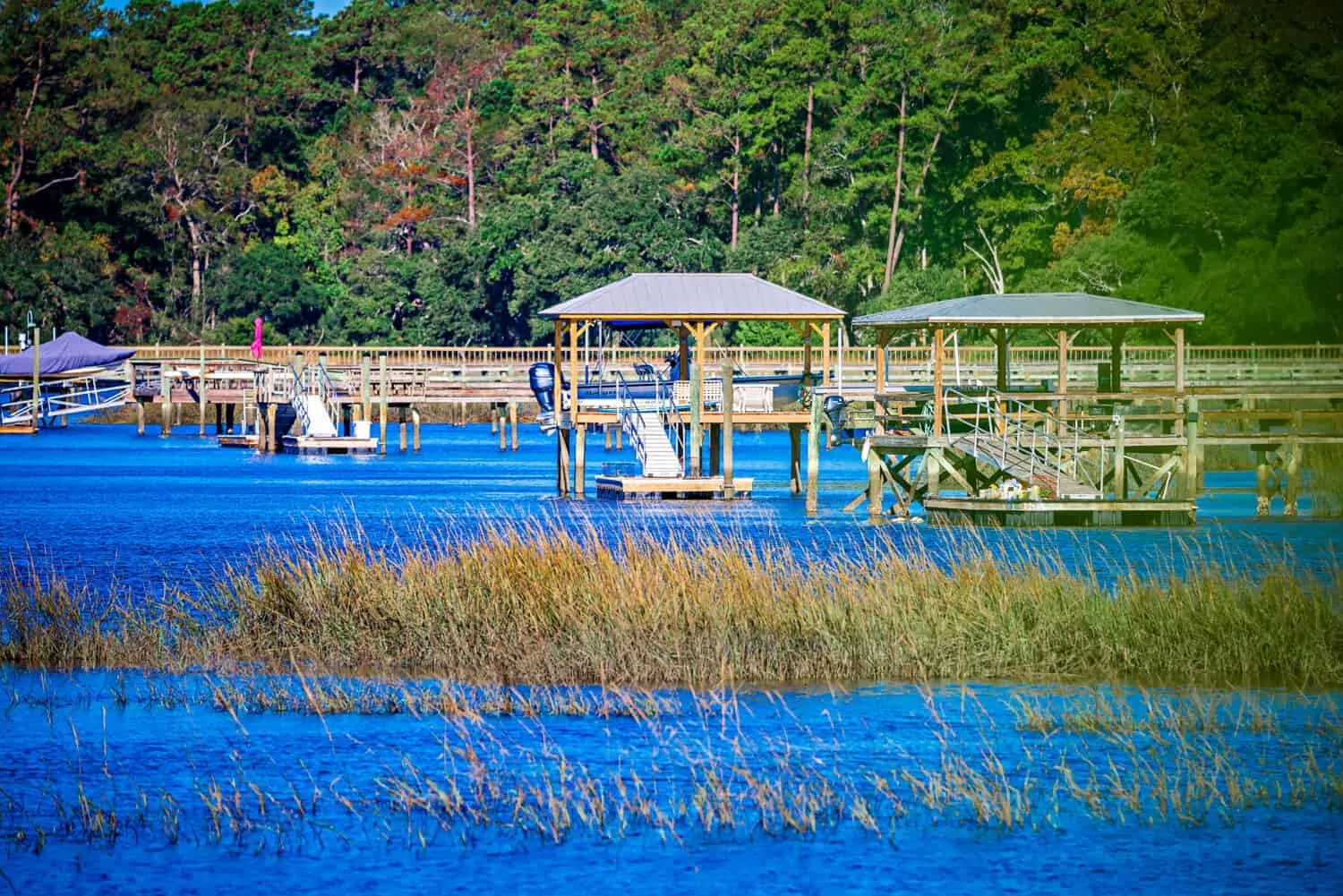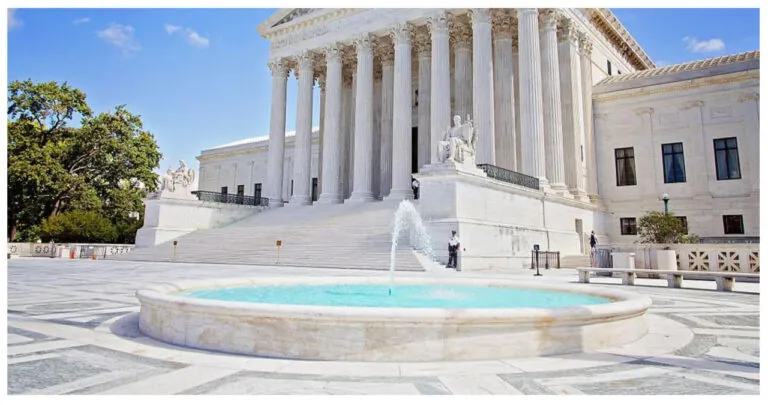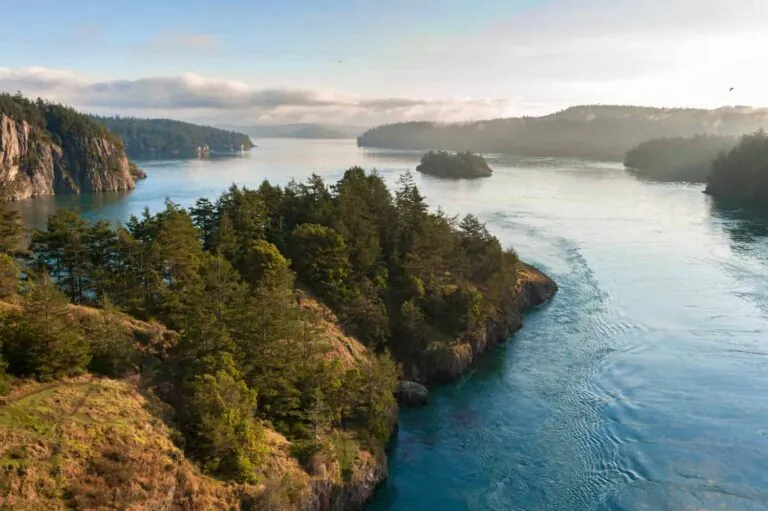Explore South Carolina’s Largest Island and the Creatures that Inhabit It
With 35 barrier islands (also known as sea islands), South Carolina boasts the second-highest number of barrier islands in the United States, just behind Florida. These islands run parallel to the Atlantic and Gulf Coasts, protecting the mainland from the harsh effects of sea storms. Along with sandy beaches, the islands also feature seagrass beds, vegetated uplands, and Lowcountry marshes.
What Is the Largest Island in South Carolina?
Johns Island, the biggest island in South Carolina, covers an area of 84 square miles. Situated in Charleston County, it is the fourth largest island on the East Coast and is located between the city of Charleston and the barrier island beaches that border the Atlantic Coast. Interestingly, a section of the island falls within the city limits of Charleston.
Johns Island is a unique location as it is technically an island, however, it is not surrounded by the open sea. Instead, it is separated from its border islands and the mainland by the Stono and Kiawah Rivers.
What Is the History of Johns Island?
When English settlers arrived on Johns Island, they named it after Saint John Parish in Barbados, but it was already inhabited by several Native American tribes such as the Stono, Bohicket, and Kiawah Indians.
In the early days of settlement, the inhabitants of Johns Island brought indigo from Barbados, and soon began cultivating it themselves. By the mid-1700s, it had become the primary export of the island, thanks to its popularity as a bright blue dye that was in high demand in England. However, this reliance on indigo and other crops came with a dark side – the use of enslaved labor. In 1739, during the peak of indigo production, the Stono Rebellion occurred, as a group of slaves on Johns Island rebelled and attempted to escape to Spanish-controlled Florida.
The slaves’ revolt aimed at achieving freedom, unfortunately, it was unsuccessful as the plantation owners managed to capture them. The Revolutionary War led to a disruption in the British market for indigo, and as a result, England began to source its indigo from India. This shift in trade caused a decline in the cultivation of indigo on Johns Island, and by the 1800s, it was no longer considered a viable crop.
During both the Revolutionary War and the Civil War, Johns Island played a crucial role in American history. It was occupied by British troops during the former and was the site of the Battle of Bloody Bridge during the latter. Nowadays, visitors can witness the historical location of the Civil War battle at Burdens Causeway, which is marked by a significant monument.
Johns Island is a rapidly growing community with a current population of 21,500. Its popularity as a spot for new development can be attributed to its close proximity to downtown Charleston, breathtaking scenery of the Lowcountry, and easy access to the nearby sandy beaches of the barrier islands.
What Do People Do at Johns Island?
Johns Island is a charming destination famous for its local farmers’ markets, historical parks, and magnificent oak trees draped in Spanish moss. Despite the emergence of new developments, the majority of the island, approximately 75%, remains rural and is home to sprawling agricultural and horse farms, vast acreage estates, and waterfront communities. Kiawah Island, a resort community, is situated just a few miles south of Johns Island.
Visit the Largest Oak Tree East of the Mississippi
If you’re planning a trip to Johns Island, don’t miss out on visiting the Angel Oak – a live oak tree that’s believed to be the largest one in the eastern United States. This natural wonder is estimated to be around 400 years old and is considered to be the oldest tree in South Carolina. Towering at 65 feet tall and measuring 25.5 feet around, the Angel Oak provides shade to an impressive 17,000 square foot area. You can explore the tree’s surroundings at the small park nearby, which also features a visitor’s center and a gift shop. Don’t forget to add this breathtaking sight to your itinerary!
Shop at a Quaint Open-Air Village
Freshfields Village is a must-visit spot on the island, offering visitors an open-air shopping center with more than 30 shops, various restaurants, and a boutique hotel. It is a popular destination for those who enjoy shopping and want to experience a lively atmosphere.
Visit a Working Farm
At the Kiawah River, The Goatery is a small-scale goat dairy farm that specializes in producing artisanal goat cheese and soaps. Private tours and children’s classes are among the farm’s offerings, as well as goat yoga. Additionally, the farm serves as a sanctuary for goats and provides them with a permanent home.
Where Is Johns Island on a Map?
Located amidst Charleston and the barrier islands, Johns Island is encompassed by Seabrook, Kiawah, Edisto, James, Wadmalaw, and Folly Islands. The Stono and Kiawah Rivers serve as the borders that keep Johns Island separated from the mainland and the barrier islands.
What Animals Live on Johns Island?
Wildlife abounds on Johns Island, with undeveloped land providing ample habitat for various species. Despite the presence of homes, shops, and restaurants on the island, it’s not uncommon to spot deer, raccoons, coyotes, bobcats, otters, wild hogs, and even alligators.
The island’s rivers and marshes are teeming with a variety of aquatic life such as oysters, trout, black sea bass, bluefish, and even bottlenose dolphins. The area is also home to a diverse range of bird species, including osprey, bald eagles, wild turkeys, and egrets.
Read More:







